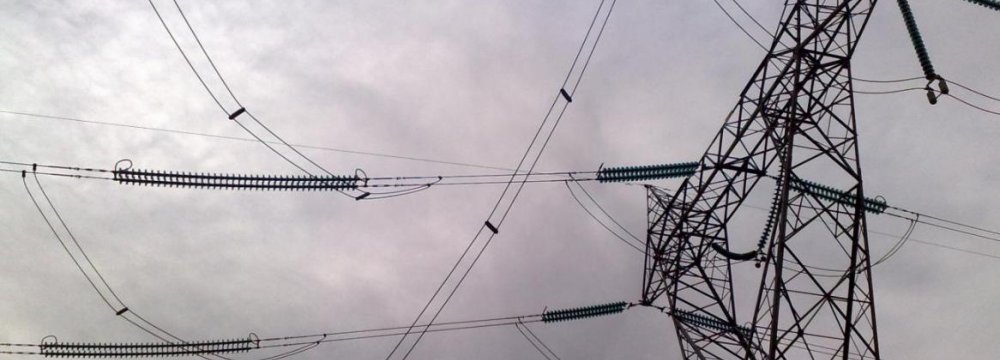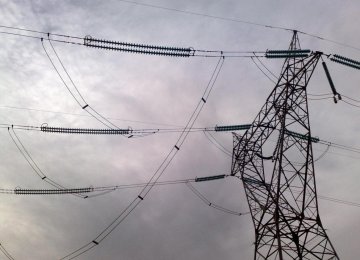Iran Energy Exchange (IRENEX) said the lack of liquidity has prevented the IRENEX from reaching the projected two-trillion-rial monthly trades, reported ILNA.
“The lack of liquidity hindered the growth of monthly trades to 2 trillion rials ($56.6 million at official exchange rate),” said Ali Hosseini, the managing director of IRENEX. “But now that some major industries have joined the league of electricity buyers, we hope there will be a big leap in the volume of trades,” he added.
Hosseini noted that despite the restrictions, energy exchange has recorded an acceptable performance, starting with 100 billion rials a month and currently reaching 500 billion rials a month.
One of the reasons behind the shortage of liquidity is that the energy ministry is the provider of liquidity for the market’s trades, while the buyers are the regional power distribution companies. If they buy electricity at IRENEX, the ministry will pay for their purchases through the Power Generation and Transmission Company. However, the payments are often delayed.
The energy minister earlier said 60% of the country’s thermal power plants were owned by the private sector. Some of these have been established by private sector while others were transferred by the energy ministry through the privatization process that started a few years ago based on the Article 44 of the Constitution.
Hamid Chitchian said the government insists on controlling the power transmission network but welcomes the participation of private sector in production and distribution of electricity.
According to the government’s plans, Iran should account for a total 15% of the Middle East’s electricity output by 2015. The number of power plants built in Iran is twice as many as the average number of power plants constructed in the world during the past decade, official data shows. That’s while the power generation capacity in Iran has grown by only 7% annually during the past 10 years.





